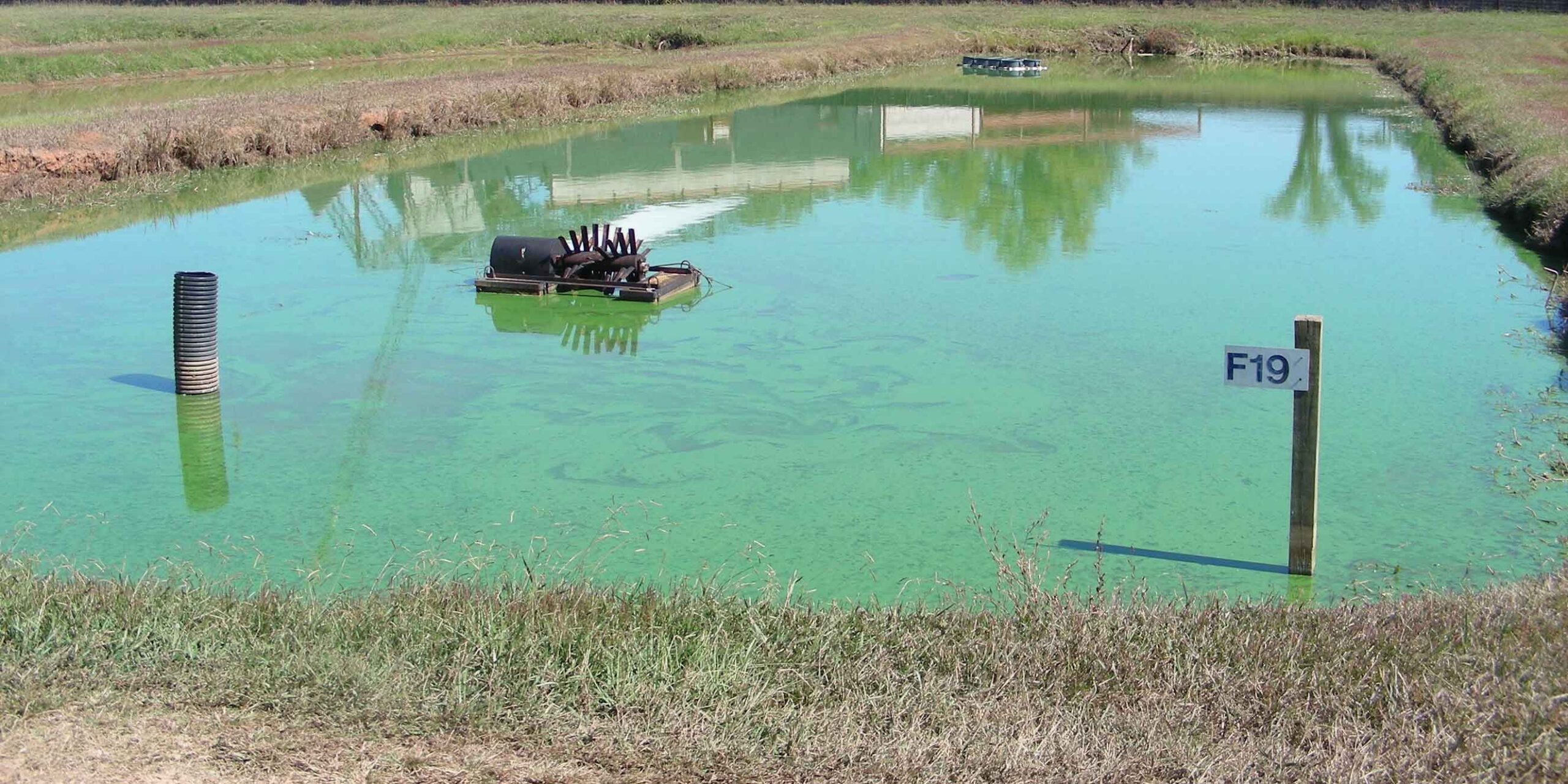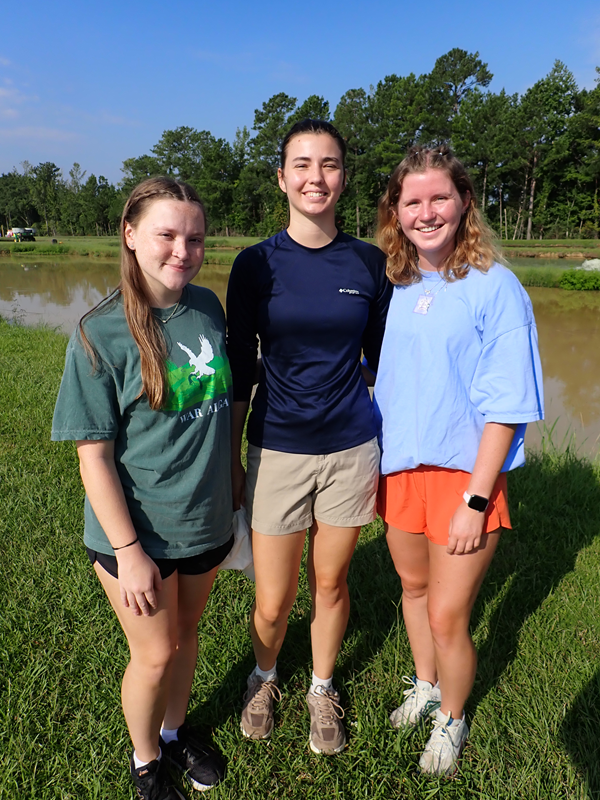Had a chance to give a talk at the University of North Carolina at Chapel Hill last week. It was awesome. Thanks, Joe Brown, for the chance to return to UNC. I also was able to take my daughter for a formal campus tour with a special trip to the Dean Dome. The Word War III event was legendary. Go tar heels!





